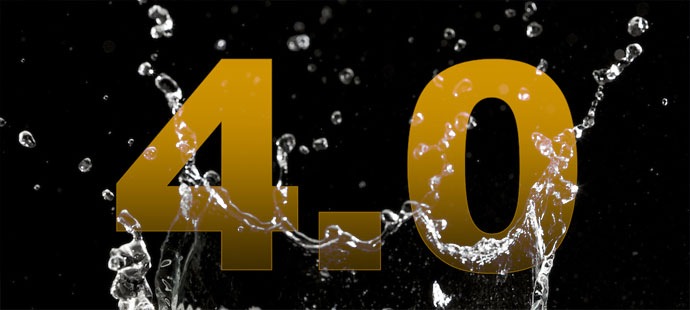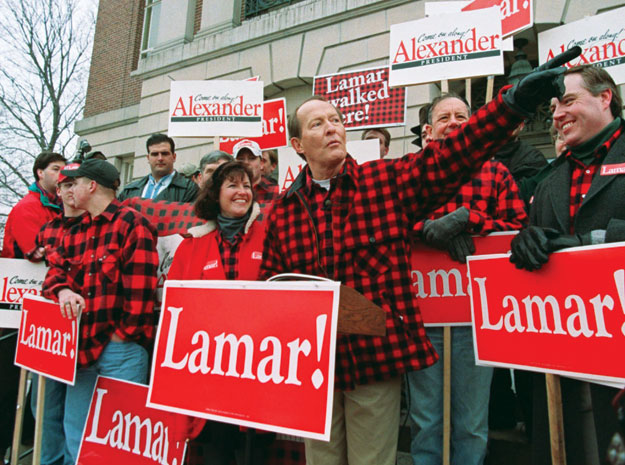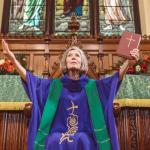If there is a “Ground Zero” for the world’s three Abrahamic religions — Judaism, Christianity and Islam — it would be the Temple Mount, or “Haram Al-Sharif” (“Noble Sanctuary”) in the center of Jerusalem.
Jews revere it as the site of the First and Second Temples, wherein the “Holy of Holies” was contained. Christians revere the Temple as the place where Jesus walked and reasoned with the rabbis — as well as chastised the Pharisees and money changers. Muslims view the site as the the third holiest location in Islam, the location of the Prophet Muhammad’s journey to Jerusalem and ascent to heaven.
Within the space of two days, two prestigious newspapers have covered the relatively recent phenomenon of more and more Jews, mostly Israelis, visiting the Temple Mount and praying, usually surreptitiously. Though captured by the Israeli Defense Forces in the 1967 “Six-Day War,” the Temple Mount was almost immediately returned to Muslim control, and Jews were advised not to visit.
No longer, says The New York Times and the Christian Science Monitor, both of whose Jerusalem correspondents have investigated. Both stories document the relatively quiet return of worshipping Jews to the site, the occasional protests of Muslims there, and the now-increasing warnings from local Islamic leaders that unless the Israeli government does something, matters could get out of hand.
From Jodi Rudoren at the Times:
For decades the Israelis drawn to the site were mainly a fringe of hard-core zealots, but now more mainstream Jews are lining up to enter, as a widening group of Israeli politicians and rabbis challenge the longstanding rules constraining Jewish access and conduct. Brides go on their wedding days, synagogue and religious-school groups make regular outings, and many surreptitiously skirt the ban on non-Muslim prayer, like a Russian immigrant who daily recites the morning liturgy in his mind, as he did decades ago in the Soviet Union.
Palestinian leaders say the new activity has created the worst tension in memory around the landmark Al Aksa Mosque and Dome of the Rock, and have called on Muslims to defend the site from “incursions.” A spate of stone-throwing clashes erupted this month: on Wednesday, three Muslims were arrested and an Israeli police officer wounded in the face. And on Friday thousands of Arab citizens of Israel rallied in the north, warning that Al Aksa is in danger.
“We reject these religious visits,” Sheik Ekrima Sa’eed Sabri, who oversees Muslim affairs in Jerusalem, said in an interview. “Our duty is to warn,” he added. “If they want to make peace in this region, they should stay away from Al Aksa.”
Writing for the Monitor, Crista Case Bryant reports:
“I’m pretty left-wing Orthodox and even I think there’s no reason Jews shouldn’t be allowed up here,” says Mark Shayne, a financial consultant from New York who visited last week on the eve of Sukkot, one of hundreds of Jews who have visited the Temple Mount during the Jewish holidays this month. “If you can’t share a holy place, there will never be peace.”
The Islamic waqf, which governs the Haram al-Sharif, endorses the idea of Jerusalem as a “jewel of peace” for Muslim, Christians, and Jews, and are happy to welcome Jews as tourists to the Noble Sanctuary, but they are pressuring Israeli police to prevent access to the area for Jews with religious or political motivations.
“We are asking the Israeli police not to provide permission for the huge numbers of Jews who visit and especially to bar the extreme Jews from entering the Noble Sanctuary,” says Sheikh Azzam al-Khatib, director of the waqf, in between a flurry of phone calls about the rising tensions amid the Jewish High Holidays. “These extreme Jews … are trying to create new facts on the ground.”
Bryant, however, stumbles when trying to fold in a passage of Scripture — “…for mine house shall be called an house of prayer for all people” — into the mix:
Jewish tradition teaches that the house of God shall one day be a house of prayer for all nations, but some say the Jewish people need to get their own house in order first.
It’s not Jewish tradition, per se, but rather Jewish (and Christian) Scripture, Isaiah 56:7, that teaches this.
By contrast, Rudoren, who has drawn criticism from former Deputy National Security Advisor Eliott Abrams, among others, gets the spiritual dimension of the controversy exceptionally right. On the one hand, she reports the angst some Jews and Israelis feel about having unified Jerusalem, but facing restrictions at its heart:
Over the last few years, a cause long taken up by only a fringe group of far right-wingers has increasingly been embraced by the modern Orthodox — known here as religious Zionists — who have also gained political power. At three recent Parliament hearings, religious lawmakers and cabinet ministers questioned the status quo, in which non-Muslims can enter the site only for a few hours five days a week, and those identified by the police as Jews are separated, escorted by police officers and admonished not to dance, sing, bow down or even move their lips in prayer.
“The Temple Mount is in our hands — but is it really?” asked Michael Freund, a Jerusalem Post columnist who visited the site as a child in 1977 and returned for the first time last year, with 50 members of his synagogue. “It particularly offends me that the Israeli government puts into place restrictions which prevent Jews from fulfilling their basic right to freedom of worship.”
On the other hand, she documents the discomfort Palestinians feel:
“Before, it was some settlers from here, some extremists from there; now we start to hear it from the real officials,” said Adnan Husseini, the Palestinian governor of Jerusalem. “When they get inside with this big number, it’s sure that they will make some kind of religious activities and there will be more friction between them and the people inside the mosque.”
The Palestinians have complained to the United Nations, the Arab League and Secretary of State John Kerry, most recently after Wednesday’s clash, when the chief Palestinian negotiator wrote to Mr. Kerry saying the issue “could inflame the situation and undermine the current opportunity to move toward peace.”
It is interesting to see this issue gain more attention, particularly at a time when there’s more focus on what’s happening in the region. Kudos to both papers for getting the story largely right, and alerting readers to an important issue.











